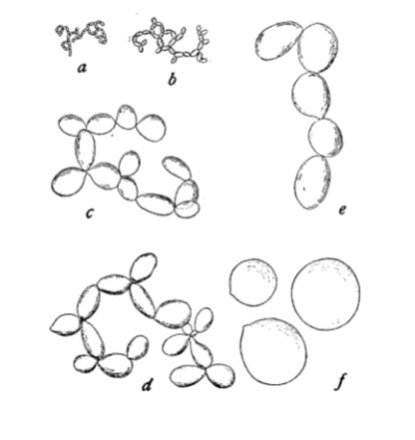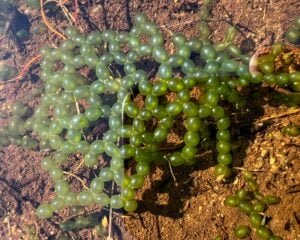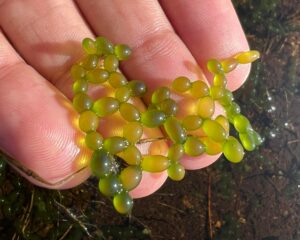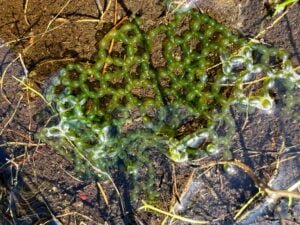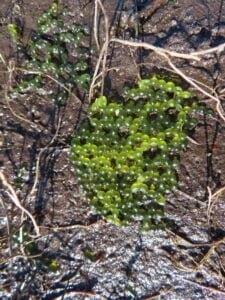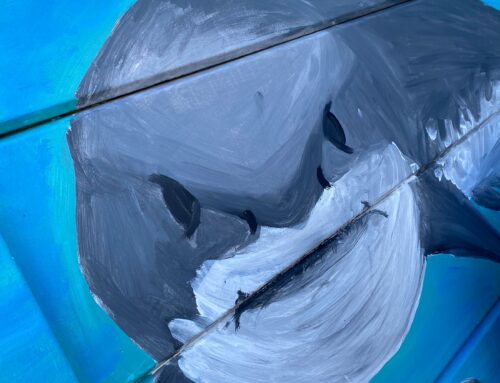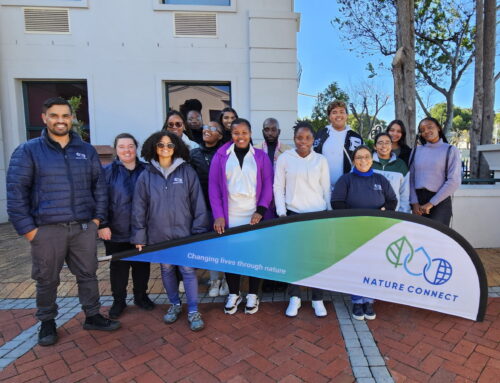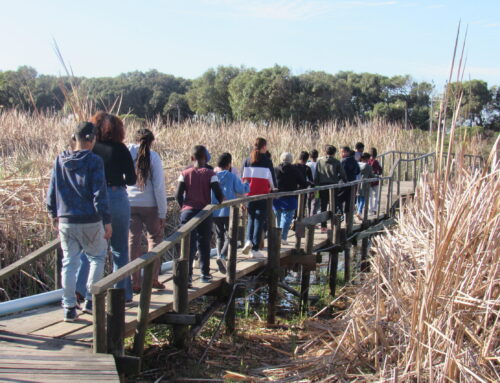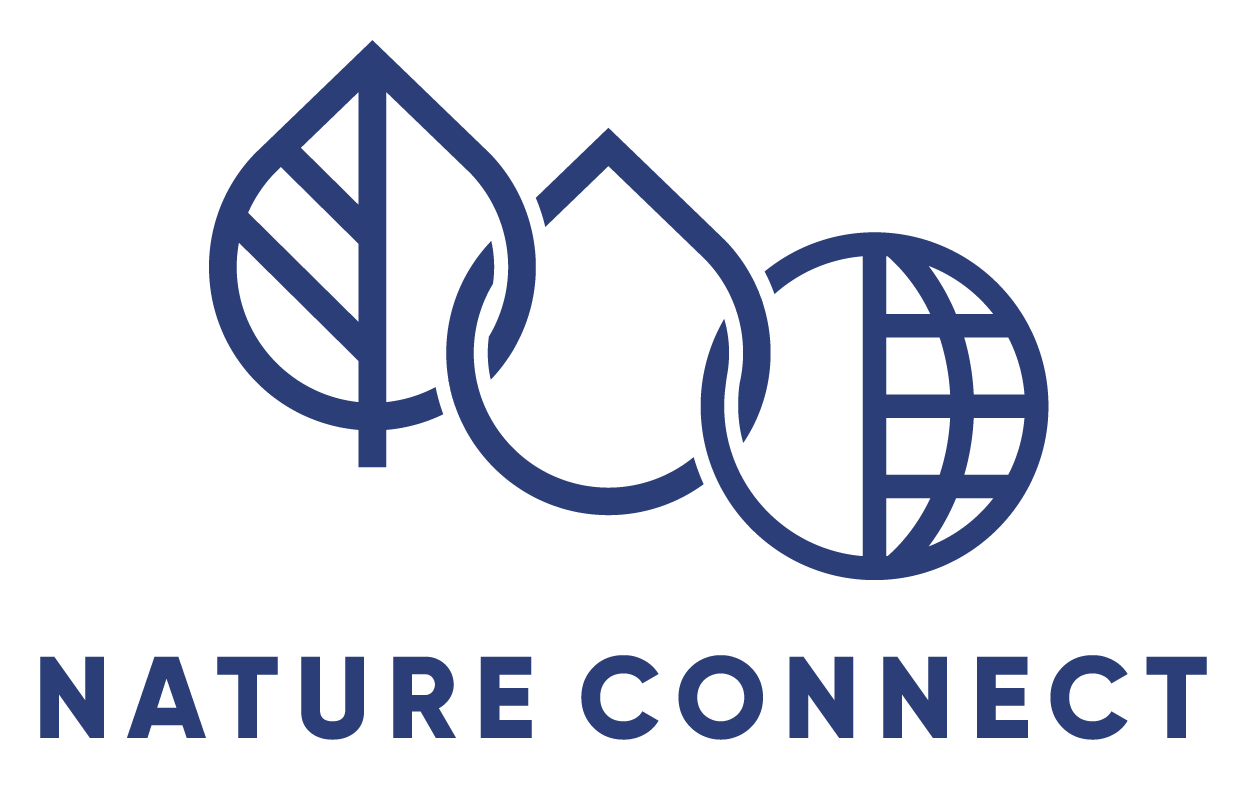There have been no documented reports of these seldom-seen algae in decades. Much like the birding fraternity of “twitchers” who thrive on a rare siting, local freshwater ecology experts hot-footed down to the Milnerton race course upon its identification by the local nature reserve manager Louis van Wyk during the last few weeks of July.
Hat’s off to our former Nature Connect staff member, now full-time City reserve employee Thozama Notshati, for spotting the algae. And another former Nature Connect staff member, now Table Bay Reserve Supervisor, Louis van Wyk for its identification. Congrats to our Table Bay Nature Reserve: Milnerton Section Conservator Ntombikayise Lolwane and the City of Cape Town team for their excellent partnership to secure a pristine patch of Cape Flats Sand Fynbos vegetation within the Mother City. And congrats to the foresight of City planners 20 years ago, who set aside the Milnerton race course as a conservation area within what has subsequently become Royal Ascot properties.
The future for conservation needs more of this model: land set aside in perpetuity, with a sustained funding stream, supported by residents, in partnership with the City.
Hydrodictyum africanum: Successive stages of development
Commonly known as a “water net algae”, Hydrodicton africanum was first described by Yamanouchi, from a culture of Cape Flats soil, in 1913.
More was written on the subject in the 1930s, where it was described as an algae that grew in certain temporary rainwater pools or vleis that form on the Cape Flats (see reference below).
These algae are a loose association of unicellular organisms that live in a colony. They are freshwater photosynthetic organisms that form thin, branching filaments. Each filament is composed of a single cell, and cytoplasmic bridges connect the cells. They grow into colonies of hexagons, heptagons, octagons, or single chains.
Photos by: Alex Landsdown


